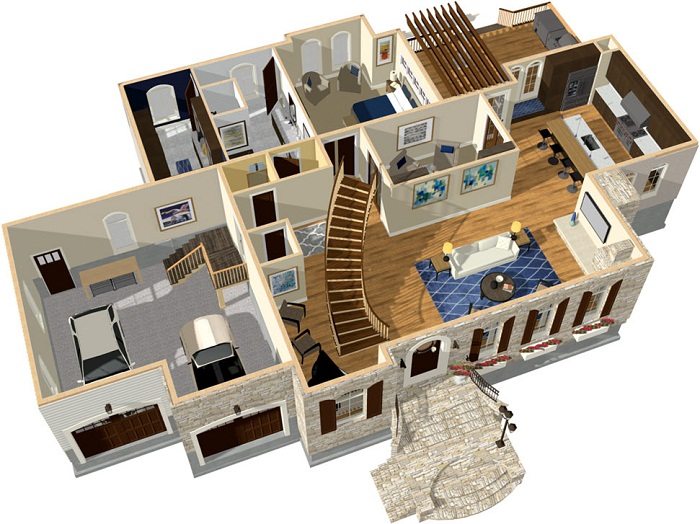Eric Mongare
Africa’s construction industry has in recent years been revolutionized by enhanced technology that has changed the modus operandi of the industry.
Let’s look at some of the latest innovations in construction technologies and how they are affecting the industry.
Efficiency
We cannot go without saying that technology has brought about efficiency on the work stations and accuracy.
For example the use of Drone Surveying that is remotely controlled or can fly autonomously through software-controlled flight plans.
In the construction industry, drones can be used for surveying to obtain real-time data on progress, provide visuals on potential quality issues or hazards, and give an overview of the worksite that is simply unattainable otherwise. For the information they can provide, drones are incredibly efficient and cost-effective.
Virtual Reality
Initially architectures used to imagine how they would like their structures to look like and unlike now they bring the whole project into reality.
Generally in the recent times there have been new virtual reality headsets like the Oculus Rift or Microsoft Hololens that have changed the whole scene of the construction.
However, virtual reality gear could just as easily be used for different industries, like construction. Headsets could allow clients to literally walk through the design of their building and see how the project will play out. This has tremendous potential for both clients and construction companies.
Safety
Safety has been key in any construction site, governments, authorities and institution have been working hard towards ensuring that all the working employees are safe.
With technology Cameras and other monitoring systems will ensure a constant awareness of activity on a construction site, as well as increasing theft prevention and assisting employees with their projects.
Speed
3D printing (or additive manufacturing) is a process of making something three-dimensional and solid from a digital CAD (Computer Aided Design) file.
The CAD file is processed through software that tells printers to lay down successive layers of material until the entire design is created. Common materials include filament plastics such as acrylonitrile butadiene styrene (ABS) and polylactic acid (PLA).
3D printing has the potential to reduce material waste and increase project speed. If that wasn’t appealing enough, the cost of the hardware and software is becoming much more affordable for all companies around the world.
Some companies are using 3D printing to create small and complex components of their design; some are even experimenting with 3D printing whole buildings, which could herald a future in low-cost housing.


